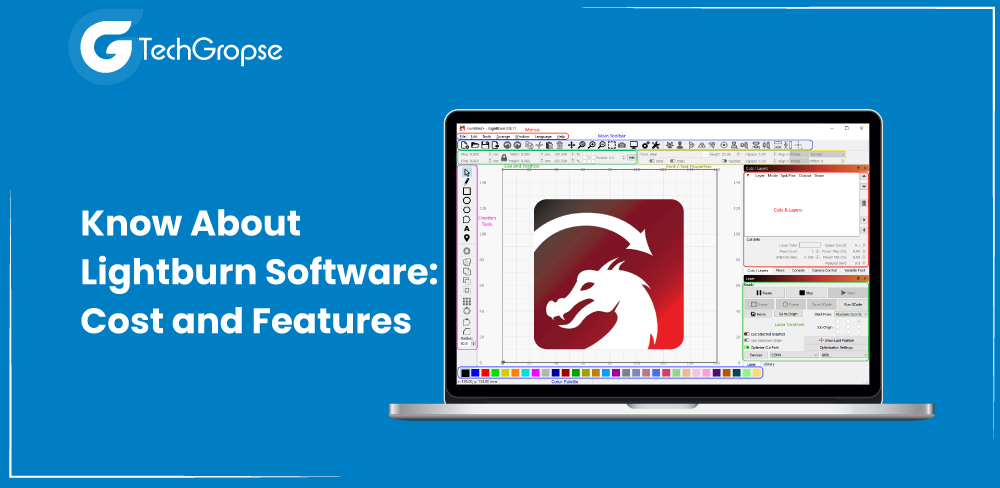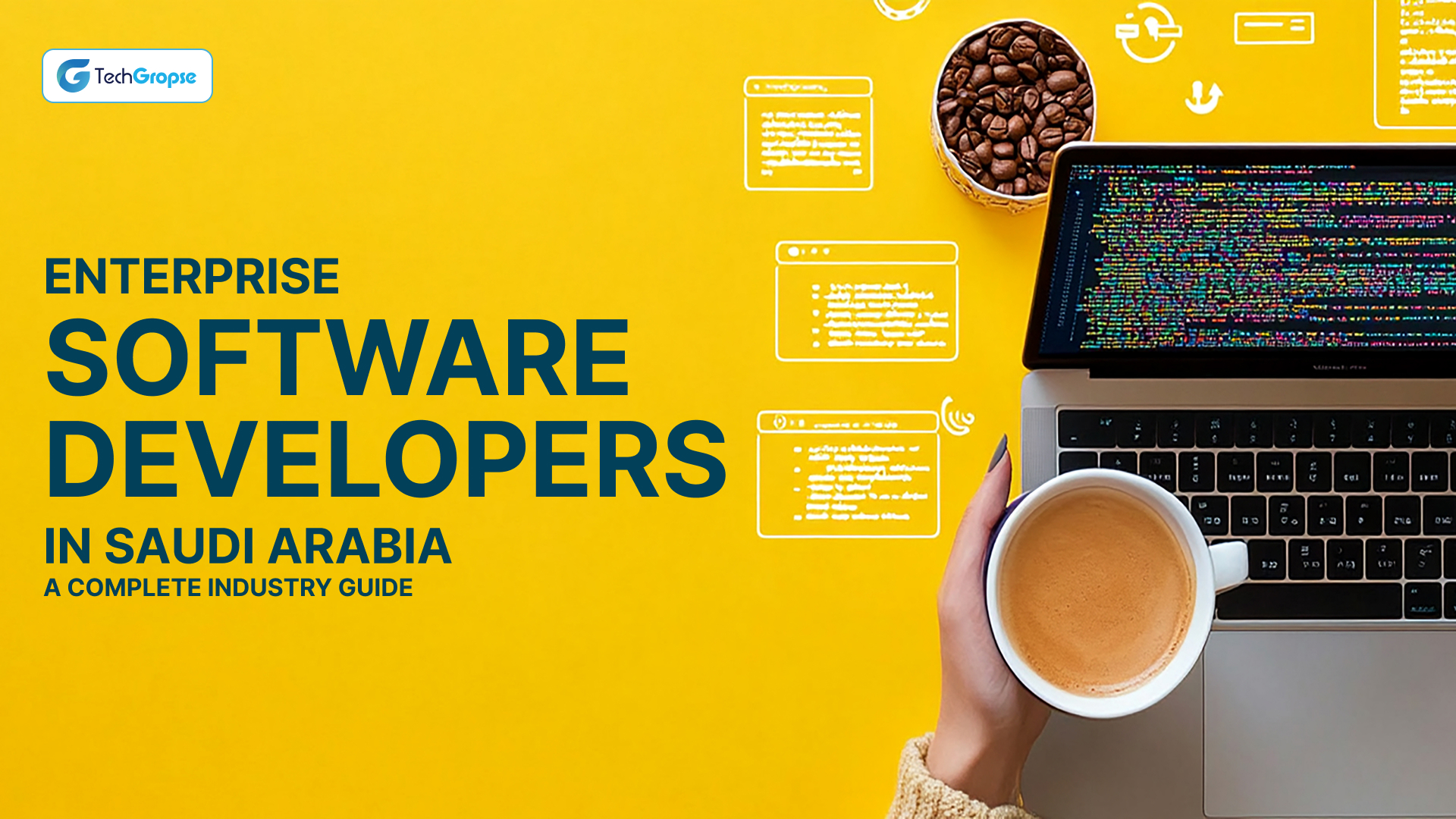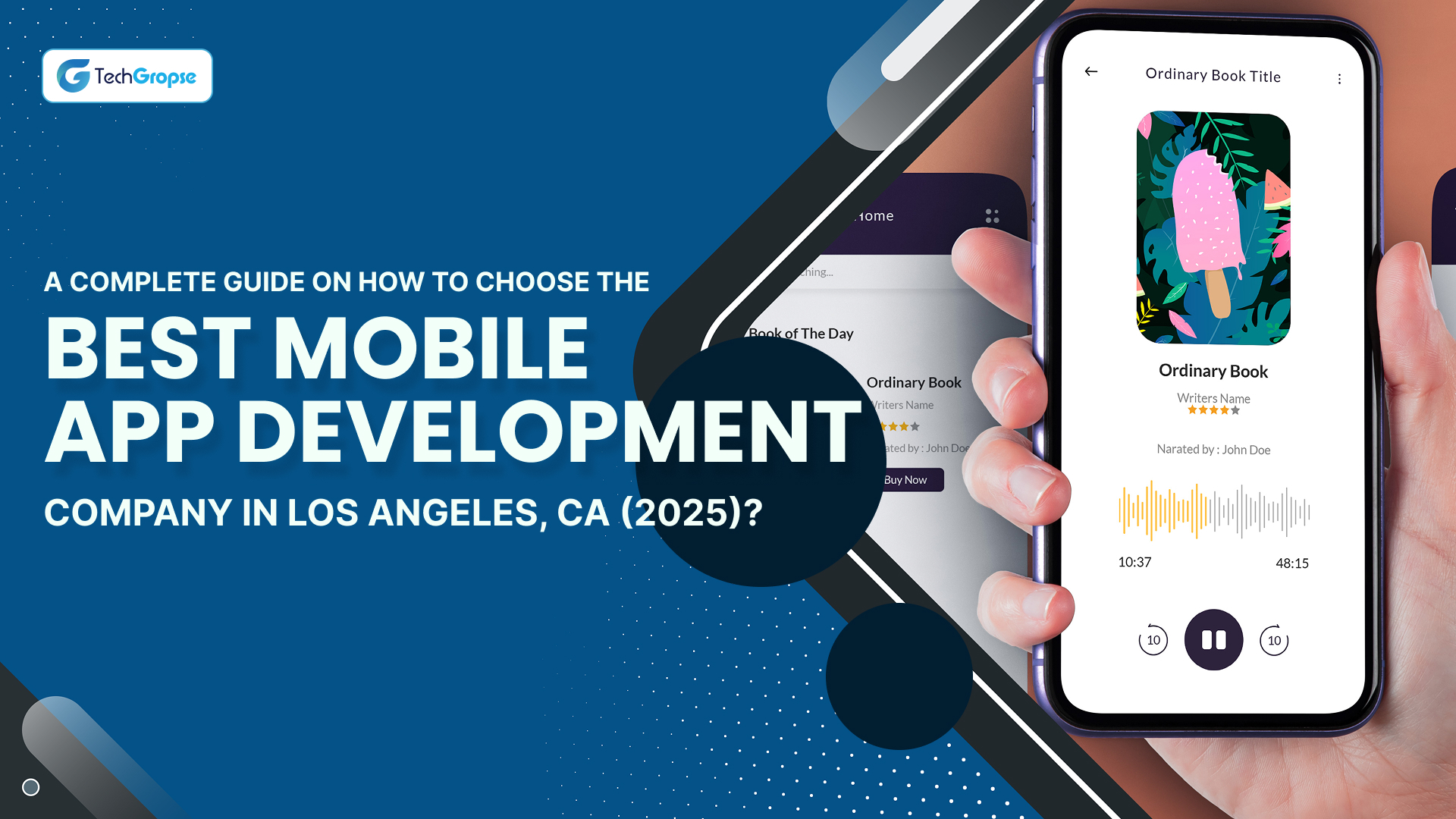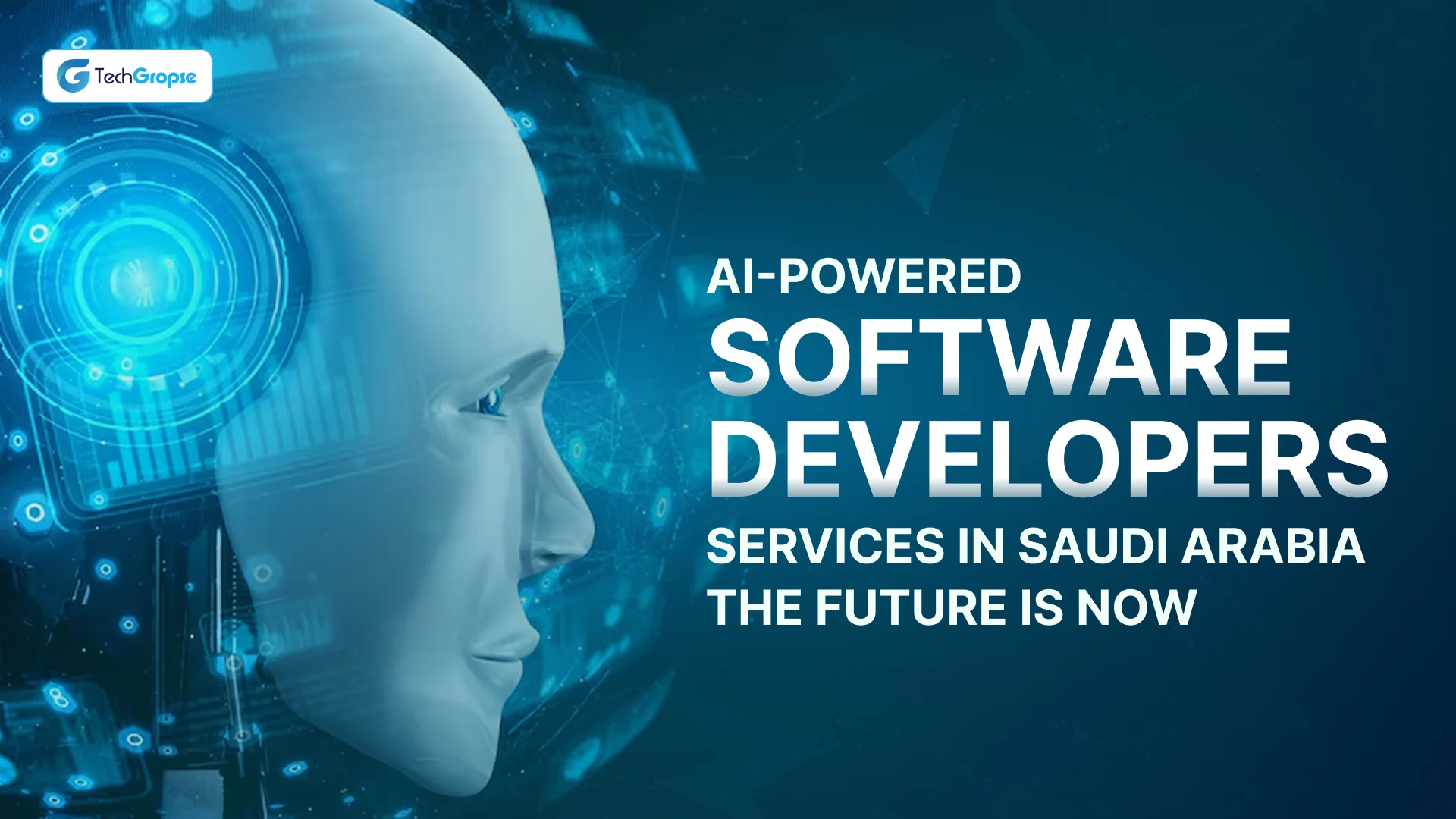Maybe you already have cool Lightburn software with a laser module. Or possibly you are still trying to figure out what type of engraver to get and what software to use. Either way, we want you to know that this Lightburn software is some of the best ones you can get if you like to make things yourself.
If you have already tried them out with other software, you know how awesome they can be. But maybe you want more cool features to help you make your ideas come to life.
Lightburn is a famous software program used in the laser cutting industry. It offers a user-friendly platform that allows designers and manufacturers to quickly make and produce high-quality projects using a range of laser cutters.
Here’s a brief Overview of the History of LightBurn Software
| Year | Milestone |
| 2017 | LightBurn software is initially introduced as a beta version, offering basic laser control features and a streamlined interface. |
| 2018 | LightBurn v0.6 is released, introducing the latest design tools and improved support for various laser systems. |
| 2019 | LightBurn v0.9 is released, adding significant enhancements like camera support, a material library, and optimization features. |
| 2020 | LightBurn v1.0 is established as a stable release, incorporating user feedback and refining existing features for great performance and reliability. |
| 2021 | LightBurn v1.2 is released, introducing additional tools for enhanced camera support, design manipulation, and improved performance optimizations. |
| 2022 | LightBurn v1.4 is launched, focusing on further usability improvements, bug fixes, and compatibility enhancements with newer laser cutter models. |
| 2023 | LightBurn continues to release updates and new versions, expanding its user base and incorporating user-requested features and improvements. |
This post will provide an in-depth review of Lightburn software development, covering its features, ease of use, compatibility with various laser cutters, cost, advantages, and customer support.
Whether you are an experienced laser cutter user or just getting started, this post will give you a comprehensive understanding of the benefits of using Lightburn software.
What is Lightburn Software?
Lightburn software is a laser and CNC design software that allows you to build and edit your projects for a range of machines.
It is used by hobbyists, makers, and professionals to design and produce intricate designs and engravings on various materials such as wood, acrylic, glass, and metal.
Lightburn software offers a user-friendly interface and powerful features for all levels of users.
It provides a user-friendly interface and amazing features to edit, create, and control laser projects. LightBurn also supports a variety of laser systems, including fiber, CO2, and diode lasers.
What Type of File is Used for Lightburn Software?
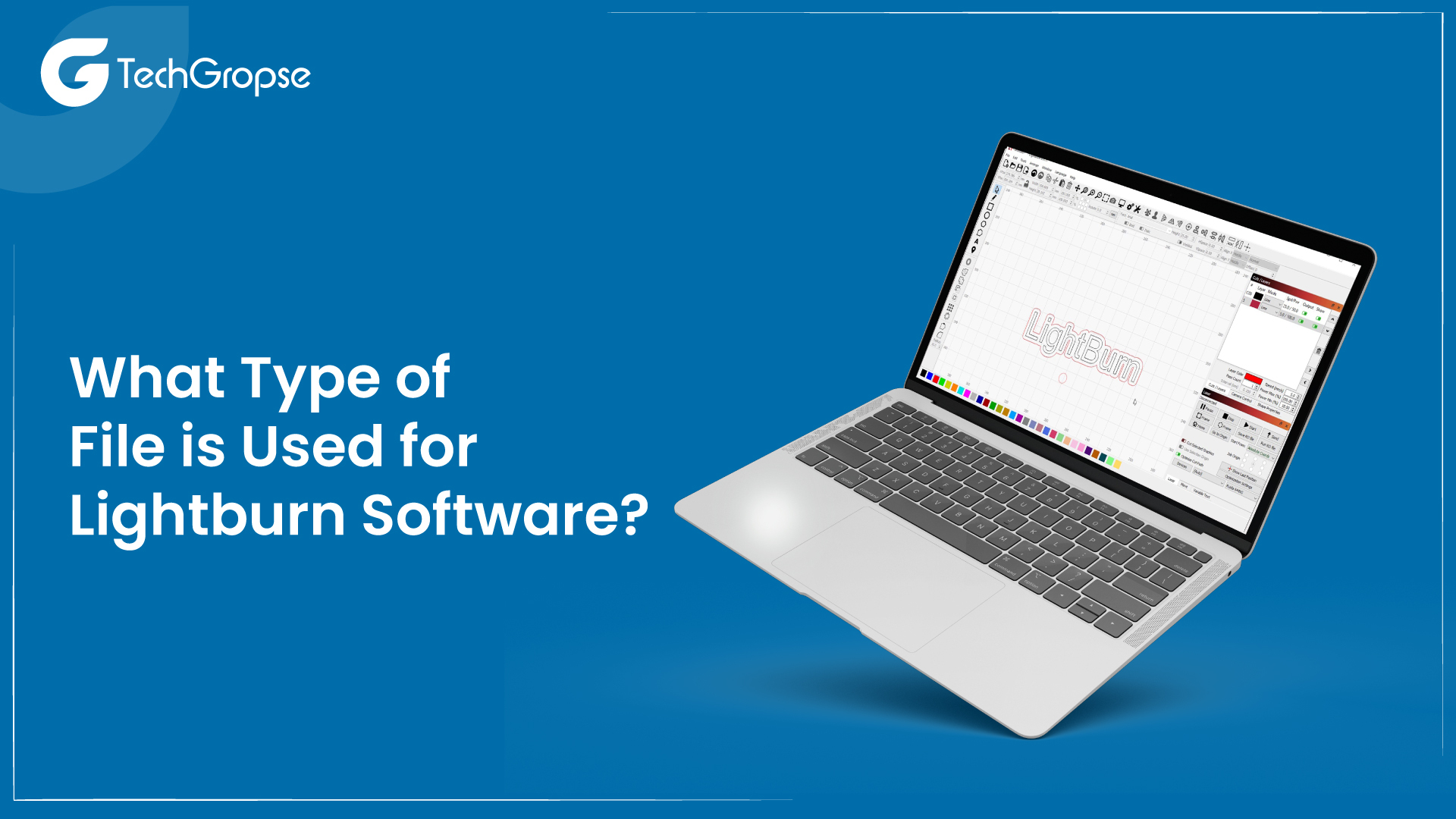
Software development company builds LightBurn software that supports different file formats for importing and exporting designs. The supported file formats include
Vector Formats: It supports vector-based file formats generally used in graphic design. These include
- AI (Adobe Illustrator): AI files have vector graphics made in Adobe Illustrator.
- SVG (Scalable Vector Graphics): SVG files are XML-based vector graphics that can be created in different design software.
- DXF (Drawing Exchange Format): DXF files are widely used for exchanging 2D CAD data.
Image Formats: LightBurn also supports raster-based image file formats for engraving and image manipulation. These include
- BMP (Bitmap): BMP is a standard image format used for storing bitmap images.
- JPG or JPEG (Joint Photographic Experts Group): JPEG is a used image format for complex images and photographs.
- PNG (Portable Network Graphics): PNG is a lossless image format that supports transparency.
LightBurn Project Files: LightBurn has its own project file format (.lbrn) that allows users to save their work within the software. These files include all the settings, design elements, and parameters specific to a LightBurn project.
Have a quick look at the summarized form of various formats.
| File Format | Description |
| AI | Adobe Illustrator vector graphics format. |
| SVG | Scalable Vector Graphics, an XML-based vector graphics format. |
| DXF | Drawing Exchange Format, commonly used for exchanging 2D CAD data. |
| BMP | Bitmap image format for storing raster graphics. |
| JPG/JPEG | Joint Photographic Experts Group image format, commonly used for photographs and complex images. |
| PNG | Portable Network Graphics is a lossless picture format that supports transparency. |
| LightBurn Project Files | LightBurn’s proprietary project file format (.lbrn) stores all design elements, settings, and parameters specific to a LightBurn project. |
It is worth noting that LightBurn supports importing and exporting designs in various formats.
Related reading: software development company atlanta
It is always a good practice to check the detailed capabilities and limitations of your laser system and the software version you are using to ensure compatibility with the selected file format.
Essential Features of Lightburn Software
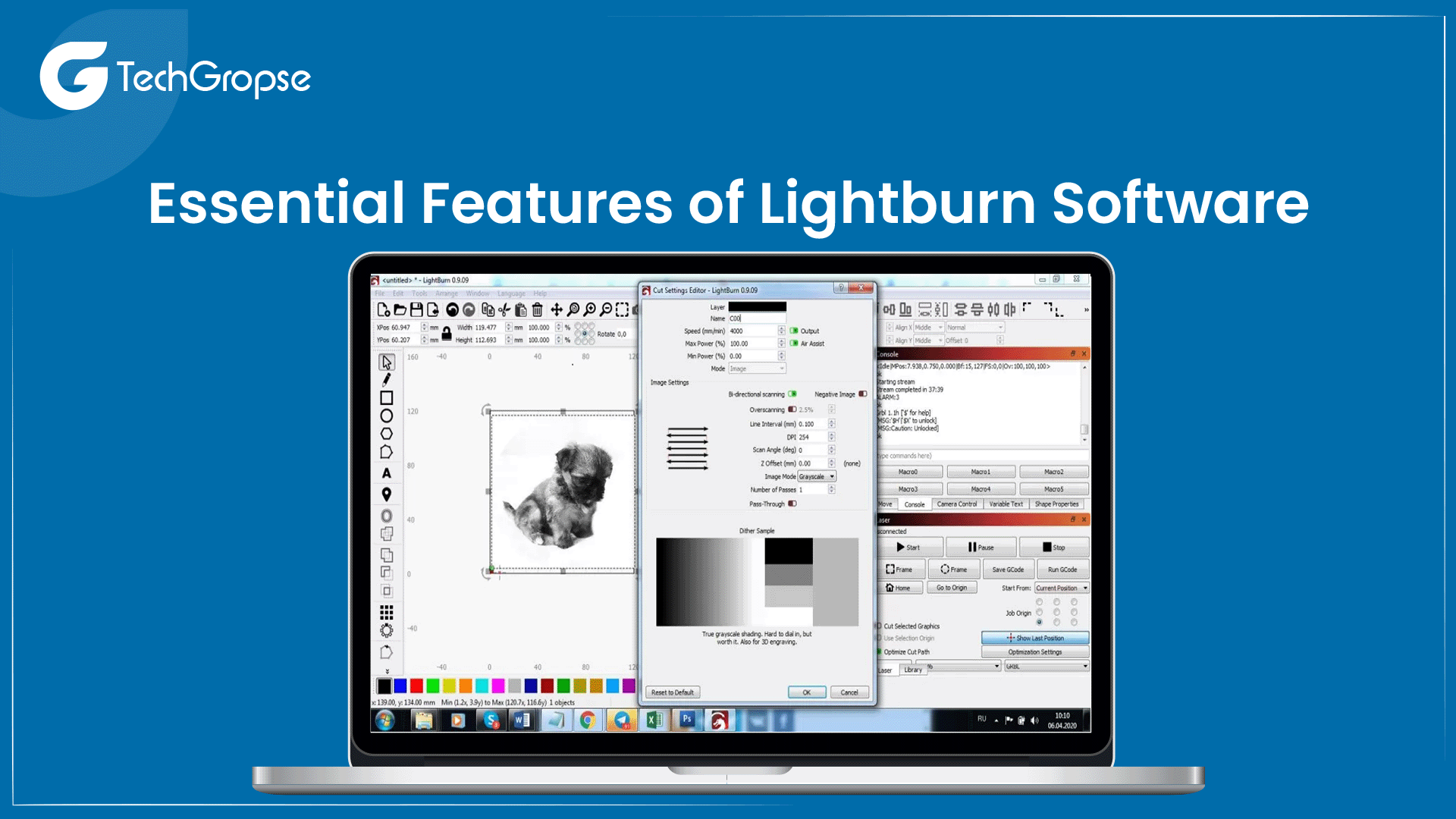
LightBurn software has achieved popularity among makers, hobbyists, and professionals in fields like signage, jewelry making, woodworking, and product prototyping.
If you plan to make powerful features, a user-friendly interface, and compatibility with different laser systems make it a valuable tool and you should hire software developers for laser cutting and engraving applications.
Some of the basic uses of LightBurn software include
1. Designing and Editing
LightBurn software allows users to make or import vector and raster graphics. Users can draw lines, shapes, and curves directly within the software or import existing designs. It offers different editing and design tools to use and modify designs like rotating, scaling, mirroring, aligning, and adjusting properties.
2. Laser Control
It provides users with direct control over their laser systems from within the software interface. Users can adjust speed, laser power, and other settings to gain engraving effects or desired cutting. LightBurn supports both CO2 lasers and other laser types such as diode lasers and fiber.
3. Material Library
LightBurn includes a material library where users can store and recall specific settings for various materials commonly used in laser cutting and engraving. This feature allows for constant results and saves time during setup.
4. Optimization and Nesting
LightBurn software offer feature for optimizing and nesting designs on a given material. It can automatically set numerous parts within a specific area, minimizing waste and enhancing efficiency in material usage.
5. Camera Support
LightBurn supports the use of cameras for capturing and overlaying live pictures on designs. This feature helps with accurate alignment and positioning, especially when working with pre-existing materials or performing complex engraving tasks.
6. Compatibility
It is compatible with a huge range of laser cutter and engraver brands, making it a versatile software option. It supports famous laser cutter models from different manufacturers, allowing users to utilize LightBurn regardless of their specific hardware setup.
7. Import and Export Features
Lightburn software supports a vast range of import and export file formats such as AI, PDF, SVG, and DXF. You can also easily import images and adjust the settings to optimize their appearance in your design.
8. Image Editing Features
Lightburn software offers an interesting collection of image editing features like contrast, brightness, and saturation adjustments. You can also easily manage images and rasterize them for engraving or cutting.
Advantages of Using Lightburn Software
In addition to its broad compatibility, Lightburn software has various benefits that can help enhance your workflow, precision, and accuracy.
1. User-Friendly Interface
LightBurn offers an easy and reflexive user interface, making it simple for users to navigate and operate the software. The interface provides quick access to fundamental tools and functions, reducing the learning curve for beginners.
2. Improved Workflow
With Lightburn, you can make and adjust laser-cut files as needed. It simplifies the process of importing, editing, and exporting various file types, saving time and reducing the need for additional software. Additionally, its user-friendly interface means that you don’t have to spend hours solving complicated manuals.
3. Enhanced Precision and Accuracy
Laser-cutting is all about precision, and that’s exactly what Lightburn software provides. It has a unique ‘offset’ feature that ensures that the laser cuts precisely where you want it, generating exceptional accuracy and precision in your work.
4. Cost-effectiveness
Investing in Lightburn means investing in software with long-term advantages and cost-effectiveness. It is affordable, and the tools available reduce the risk of errors, which might be costly in the long run.
5. Regular Updates and Support
The LightBurn team provides regular software updates, introducing the latest features, performance improvements, and bug fixes. Users can benefit from ongoing enhancements and stay up-to-date with modern developments. Additionally, LightBurn software offers active user forums and customer support channels for assistance and community interaction.
What is Lightburn Software Development Cost
Subscription Options: Lightburn software offers a subscription-based model, with monthly and yearly options available. The monthly subscription plan costs about $30 per month, while the yearly subscription plan costs nearly $240 per year, offering a savings of $120 compared to monthly payments.
One-time Purchase License: the cost ranges from $40 to $80 USD, depending on the number of devices you wish to activate the software on. The price for a single activation is nearly $40 USD, while a dual activation (two devices) costs nearly $60 USD, and a four-device activation costs about $80 USD.
Comparison of Different Pricing Options: If you plan on using Lightburn software for an extended period, the one-time purchase license is the more cost-effective option in the long run. However, if you are unsure about committing to the software or need it for a shorter period, the monthly or yearly subscription plans may be more suitable for you.
Related reading: software development company Chicago
Please note that these prices are subject to change, and it is advisable to visit the official LightBurn website or hire dedicated developers for the most accurate and up-to-date pricing information.
Customer Support for Lightburn Software
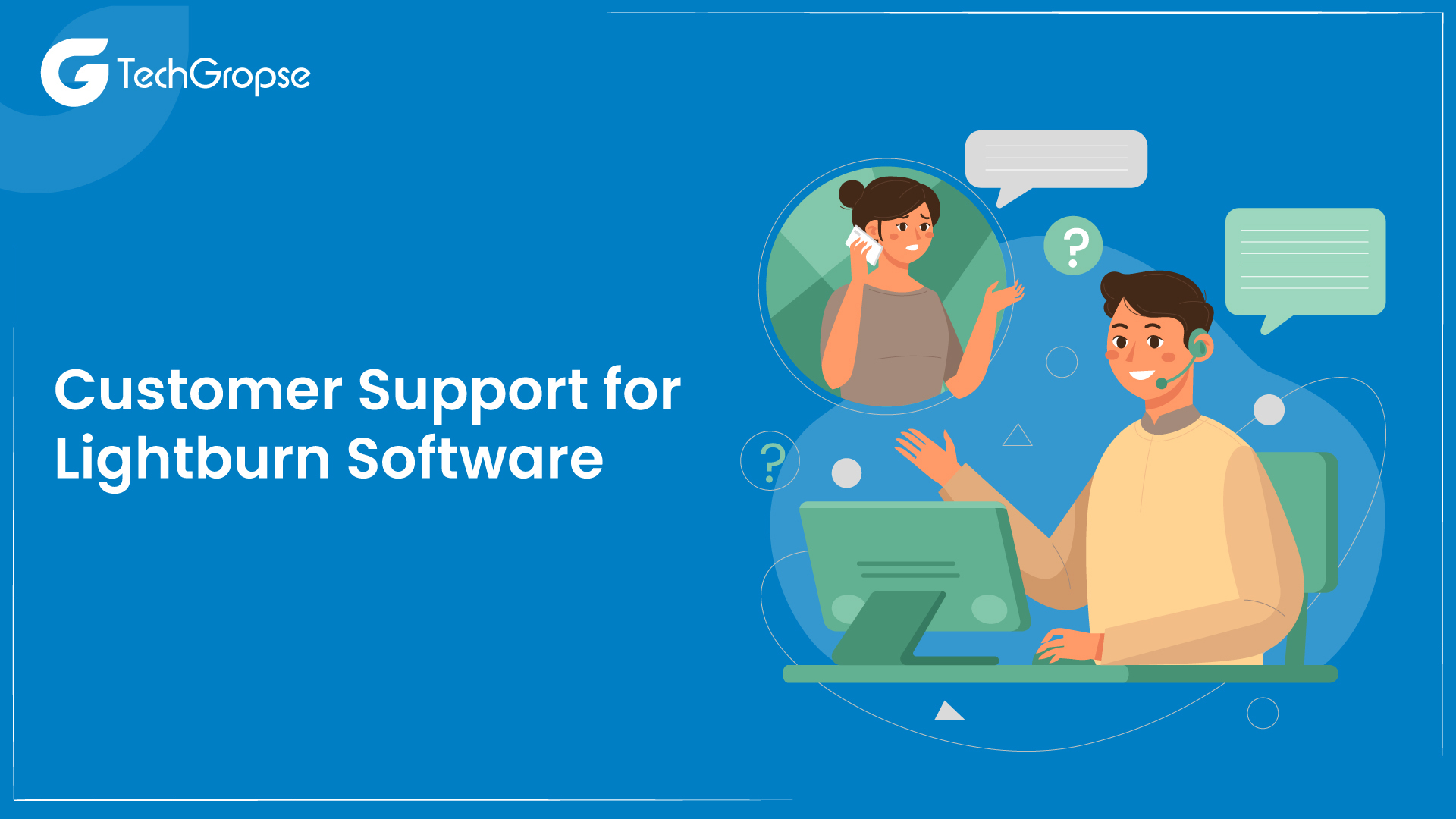
LightBurn provides customer support to help users with their software-related inquiries and issues.
Here are some key factors of LightBurn’s customer support:
Help Documentation: LightBurn offers complete online documentation such as frequently asked questions (FAQs) and user guides. The documentation covers different topics, from software installation and setup to advanced features and troubleshooting.
Community Forums: LightBurn supports an active user community forum where users can ask questions, share knowledge, engage with each other, and look for assistance. The forum is a valuable resource for troubleshooting, learning new techniques, and staying updated with the latest developments.
Support Tickets: Users can submit support tickets directly via the LightBurn website. The support ticket system allows users to provide detailed information about their issues or request, and the LightBurn support team responds to these tickets to offer personalized assistance.
Email Support: LightBurn offers email support for users who prefer to communicate via email. Users can reach out to the support team through the designated email address to look for help or ask questions.
Software Updates: LightBurn launch regular updates to improve functionality, address issues, and introduce new features. Keeping the software up to date ensures access to the latest improvements and bug fixes.
It is important to note that the specific availability and response time of customer support may differ.
List of Top Competitors of Lightburn Software
Here’s a comparison of LightBurn software with some of its top competitors, highlighting their interesting features.
| Competitors | Description | Features | |
| RDWorks | RDWorks is a popular software used for controlling laser machines. It offers basic vector design tools, laser control for power and speed, and compatibility with specific laser cutters models. | – Basic vector design tools
– Laser control for power and speed – Limited advanced features compared to LightBurn
|
|
| LaserGRBL
|
LaserGRBL is open-source software designed for controlling laser engravers. It supports a variety of laser engravers and controllers, offers basic vector design tools, and provides laser control for power and speed.
|
– Basic vector design tools
– Laser control power and speed – Limited advanced features compared to LightBurn
|
|
| K40 | K40 Whisperer is specifically designed for K40 laser cutters. It provides basic vector design tools, laser control for power and speed, and compatibility with K40 laser cutters. | – Specifically designed for K40 laser cutters
– Basic vector design tools – Laser control for power and speed – Limited advanced features compared to LightBurn – Specific compatibility with K40 laser cutters
|
|
| LaserWeb | LaserWeb is open-source software that supports various laser engravers and controllers. It offers advanced vector design tools, laser control for power, speed, and other settings, camera support, material library, and nesting capabilities.
|
– Open-source software
– Supports a variety of laser engravers and controllers – Advanced vector design tools – Laser control for power, speed, and other settings – Camera support for precise positioning and alignment – Material library and nesting capabilities
|
Custom Laser Cutting Solutions by Region
Whether an enterprise needs custom laser cutting software integration, they are best served by local providers. There seems to be a pattern where specialized app development from Los Angeles and San Francisco caters to prototyping labs and maker spaces, Chicago and New York have commercial manufacturing centric developers. There is also a surge in industrial activity in Dallas and Atlanta, which is increasing the need for new LightBurn addons that fit with existing production processes.
Final Thought
Lightburn software offers an array of features that make laser cutting more efficient and effective.
Its compatibility with different laser cutters and ease of use make it a popular choice for designers and manufacturers.
Though it comes at a cost, its advantages in terms of precision and workflow are worth the investment.
Additionally, Lightburn’s customer support is reliable and responsive. Overall, Lightburn is a powerful tool for anyone looking to take their laser cutting to the next level.
Frequently Asked Questions (FAQ)
1. Is Lightburn Software compatible with my laser cutter?
Lightburn Software is compatible with a huge range of laser cutters. To find out if your specific laser cutter is supported, check the list of supported laser cutters on Lightburn’s website.
2. Is Lightburn Software simple to learn for beginners?
Lightburn Software is designed to be user-friendly, with a relatively short learning curve. Beginners may find it helpful to watch tutorials or attend training sessions to get started.
3. What are the advantages of using Lightburn Software?
It offers a range of advantages such as flexibility, precision, and cost-effectiveness. It allows users to make and produce high-quality projects quickly and efficiently, making it an ideal tool for designers and manufacturers alike.
4. Is Lightburn Software worth the cost?
While Lightburn Software does come at a cost, many users find that it is worth the investment. Its features, ease of use, and compatibility with different laser cutters can save time and improve workflow, ultimately leading to cost savings and increased productivity.






